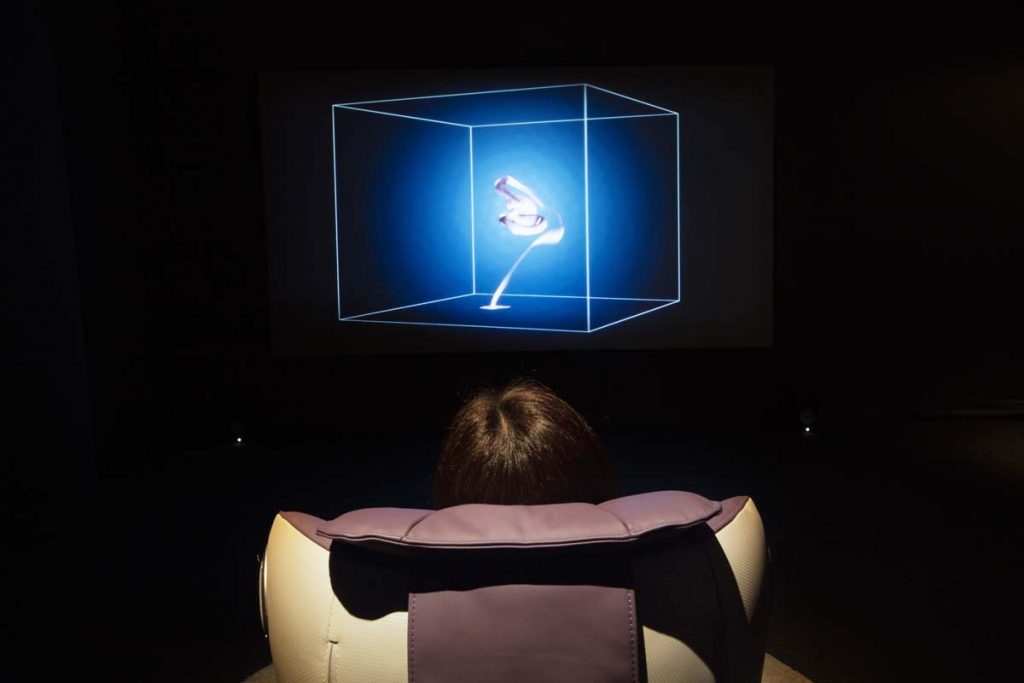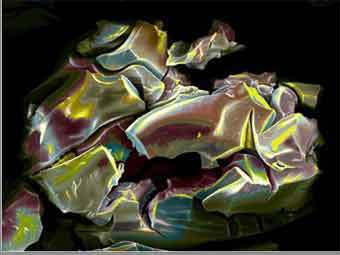Source: Art Business News.
Research by Microsoft back in 2015 confirms that because of the very fast pace of life, modern man has less attention span than a goldfish. Therefore, it is very difficult to attract and captivate him. So popular contemporary art must be super-interesting. Creative people respond to this by developing high-tech art, where high-tech helps to create works that the audience will love.
Let’s see why technology will save art and what’s important for the success of a contemporary artist.
AI That Creates Art
The very use of AI adds to the mystique of works of art. The use of machine learning often produces unexpected results that cannot be explained and that humans would be unlikely to have thought of. Such art transcends human cultural patterns, so it has the power to surprise. Perhaps this is why Ahmed Elgamal, director of the Art and Artificial Intelligence Laboratory at Rutgers University, believes that the future lies in human-machine collaboration.
AI has long mediated the creation of art. For example, here’s a tweet created by Neural Machine’s Translation Project, which has been around since 2017:
“The artist’s job is to start the process of restoring rainbows.” (Neural Machine @neural_machine, March 31, 2020)
A special topic is neural network-based services that help anyone create artwork in seconds. In 2016, we saw the rise of the Prisma app, which allows you to transfer the styles of famous artists into photos. And in 2019, the FaceApp app, which everyone remembers for its photo-aging feature, became virally popular.
There are more serious examples. In 2018, the Edmond de Belamy painting, shown above, sold at a Christie’s auction for $432,000 and was created with the help of a neural network. In doing so, the creative team at Obvious, which presented this work to the world, used free code from GitHub.
Therefore, the ability to code (even at a basic level) in combination with out-of-the-box thinking greatly expands the opportunities for creativity. The future is for creative programmers who can develop not only code, but also an original idea.

The Line Between Science and Art
The deeper an artist understands human physiology and psychology, the more interesting effects he can create. The knowledge of neurobiology and technical savvy allows one to create truly amazing projects.
What about visualizing abstract concepts like freedom, power, love, or money by interpreting human brain waves? The Value of Value project, which belongs to the neuro-design genre on the blockchain, allows us not only to see these concepts but also to assign a value to each and then to share the unique 3D models created.
The combination of science and art allows the average viewer to join the comprehension of the mysteries of the universe. For example, the NanoArt21 project uses electron microscopes to create Nano pictures and Nano sculptures from atoms and molecules.

A striking example is the Nano sculpture, created by Romanian scientist and artist Chris Orfescu. He combined graphite micro-and nanoparticles, which are about a hundred thousand times smaller than the thickness of a human hair, and visualized the work with a scanning electron microscope. And, most importantly, he added conceptuality and emotion to the result of his work, which made it possible to turn boring science into art interesting for the masses.
What Qualities Art Important to a Contemporary Artist?
To surprise a typical modern art consumer, there are three most important qualities for an artist:
- A minimum of technical knowledge. In today’s digital world it’s very hard to be without it.
- The ability to think dialectically. It means to discover concepts (not necessarily the opposite) and combine them into something new. It sounds confusing, but it’s actually easy to understand. You can take sound and taste as thesis and antithesis, and then synthesize them in a creative project; which, for example, transforms a person’s brainwaves into music as he tastes different foods. Or you could create a music video or a photo project based on different people’s associations of sounds with food, depending on your skills and imagination.
- Understanding the structure of the world. Surprise is always a consequence of breaking the usual course of things. And to disrupt something, you need a good understanding of the rules — how everything works. For example, knowing popular optical illusions, an artist can create an engaging scenario in VR. And then break the usual course of things, causing cognitive dissonance and showing the vulnerable places of human perception of the world.
In general, the artist of today must become a professional in the field of breaking patterns, knowing a lot about the world order, and touching the edge of the unknowable, an area where there are still no clear answers. Art is becoming increasingly interdisciplinary, and the artist is increasingly a programmer, a philosopher, and a scientist.
Author’s bio: Jean Hartley is a professional writer for essay writing service. For 6 years now, she has been helping students learn to write correctly and also assists in preparing for exams.








